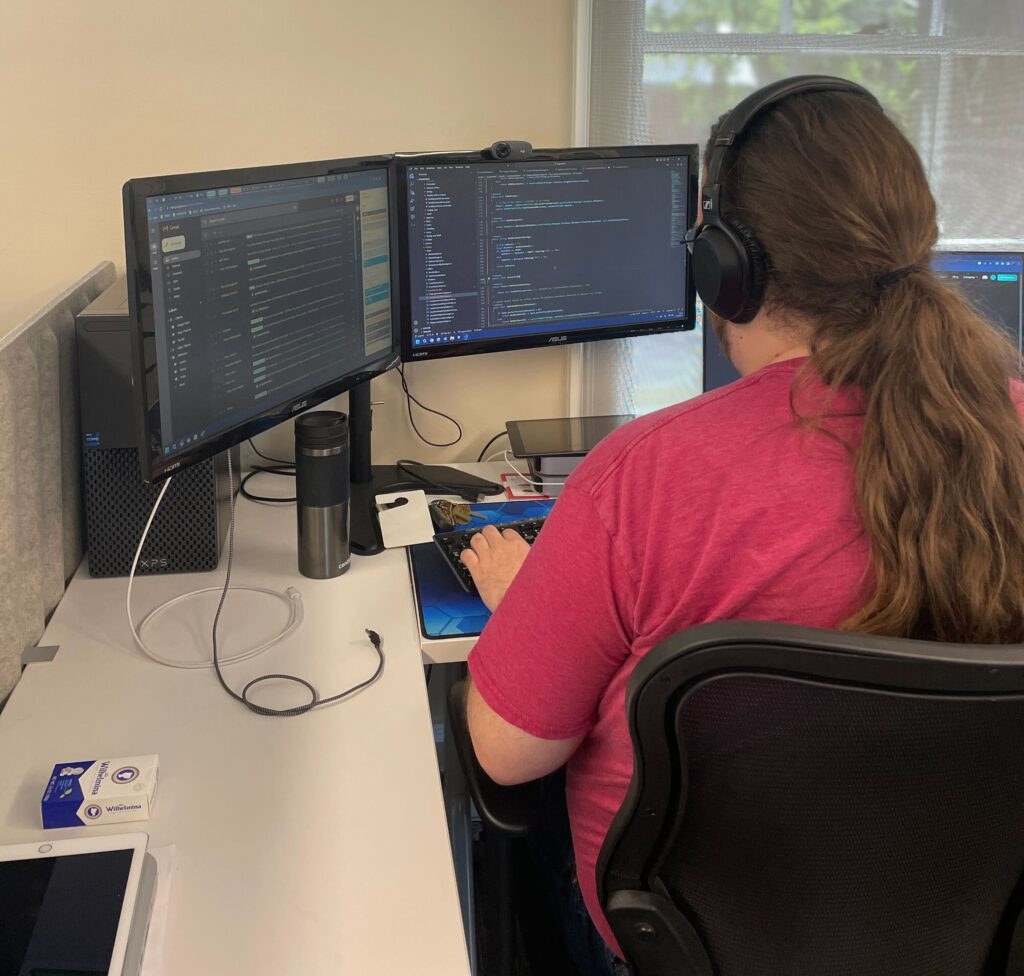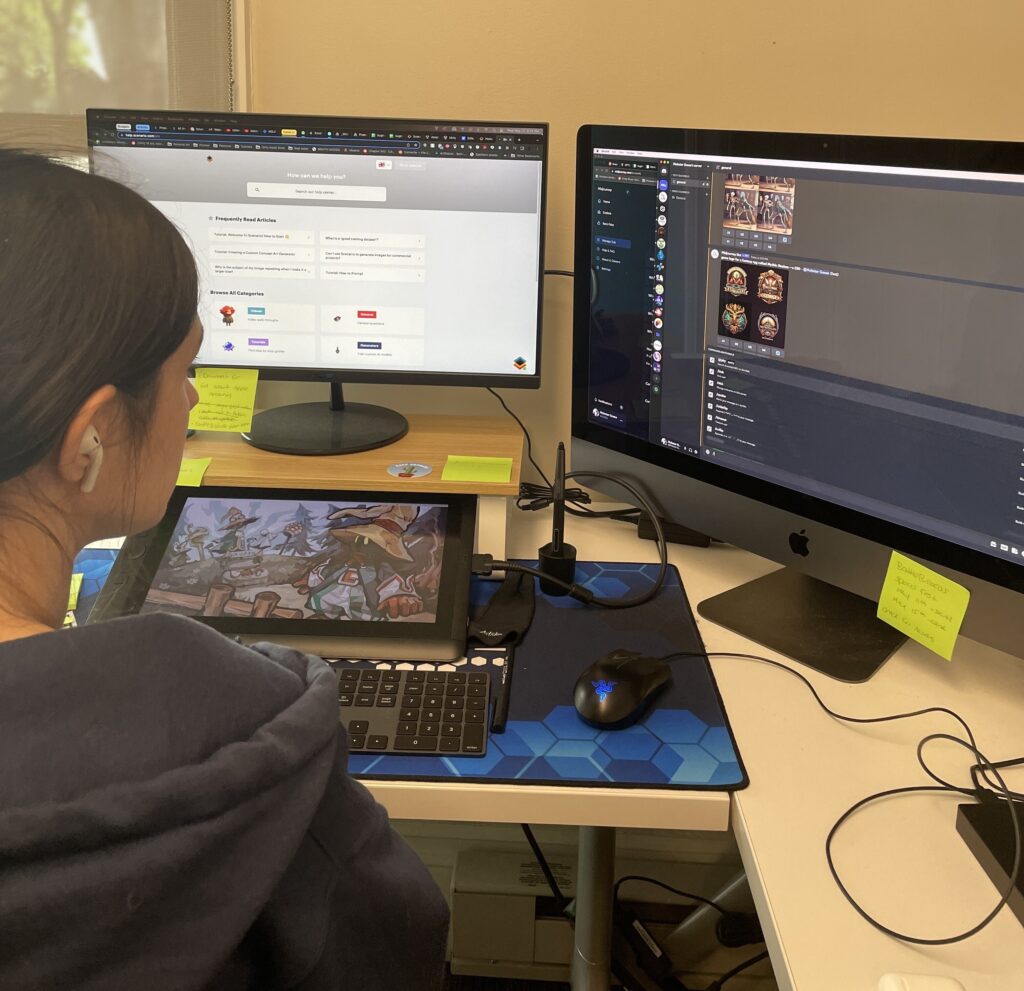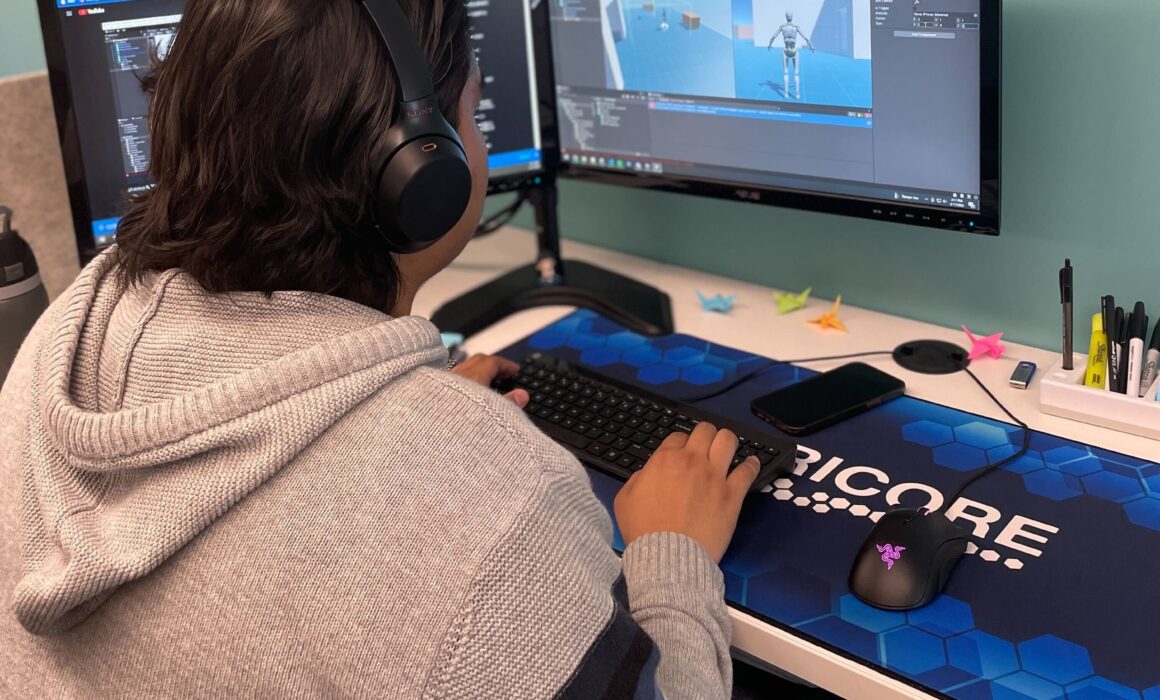Petricore’s AI Jam: Enhancing Daily Workflow with AI Tools
It is no secret that there is a technological wave of Artificial Intelligence (AI). In fact, it’s already integrated itself into things that we use in our everyday lives. Siri, Google Bard, and ChatGPT- just to name a few. Technology only ever progresses and it is rapidly everchanging. What better way to learn and keep up with those changes than hosting an AI Jam.
An AI Jam is an event or gathering where individuals or teams come together to explore and experiment with various applications of AI, in a collaborative and innovative environment. During the AI Jam, the Petricore Team engaged in activities such as brainstorming, prototyping, coding, and testing AI-based solutions or tools.
You might be thinking where does one even start when there are so many tools out there, well thankfully there is a resource for that. Future Tools, is a free of use search tool that helps you find what you need. The site is straightforward and easy to use.
The Petricore team hosted an AI Jam- made exciting discoveries and identified valuable tools that can help complete day to day work tasks with more efficiency and ease. We compiled a list of programs that we tested out and found worthwhile, so you don’t have to. Each find is organized based on what we feel the tool is best used for.
Tools for Game Designers/ Developers:

- Midjourney: Midjourney is a powerful AI tool renowned for its image generation capabilities. While it may take some time to become accustomed to its command-based operation through Discord, once users grasp the coding prompts, the possibilities for creative expression become endless. Our lead artist, Christina, utilized this tool to help create concept art and logos. Midjourney at this time does not incorporate text well with images.
- Codeium specializes in generating meaningful tests, significantly saving time. Its versatility extends to crafting formulas, building data models, and enhancing data manipulation capabilities. The integrated chat functionality provides instant feedback, although our Chief Technology Officer, James, noted a few minor quirks.
Tools for Organization/Workflow Automation:
- Flick: Flick serves as an AI social media assistant, generating ideas and captions while providing a content organization hub. It boasts advanced scheduling features. Our Marketing & Community Manager, Britt, is a fan of this tool as it helps maintain her creative workflow and overcome creative blocks.
- Merlin: Merlin is an AI tool in the form of an Excel extension designed for data entry, quick commands, and sorting. Additionally, it streamlines data-related tasks by providing summaries of testing feedback. Our QA tester, Alex, finds this tool immensely helpful.
Tools for Audio Design:

- RESEMBLE.AI/WavTool/Elevenlabs: RESEMBLE.AI offers AI-powered voice generation, although some adjustments may be necessary for achieving a more natural sound. Elevenlabs specializes in creating realistic voices for captivating dialogue. WavTool, a web-based AI tool, enables the crafting of high-quality music with customizable options, making it ideal for setting the ambiance of your projects. Lead Designer Oliver and Software Developer Karina found these tools valuable for music creation and AI voiceovers.

Most Loved Tool: ChatGPT
Many of us at Petricore tried out ChatGPT, and the testing of ChatGPT’s capabilities across different areas has yielded impressive results.In the area of game development, software developer Sean seamlessly combined ChatGPT with Unity’s AI software to create a vibrant virtual town filled with diverse shopkeepers. These non-player characters (NPCs) demonstrated quick responsive times and engaged in dynamic exchanges, delivering contextually based responses, such as providing menu information in a medieval-themed inn.
ChatGPT’s utility extended to shader code generation. It proved highly efficient for basic tasks like color changes and mesh scaling through vertex expansion along normals. By copying and pasting the generated code, assigning it to materials, and applying them to objects, developers could achieve desired visual effects. However, when it came to more complex tasks like generating outline shaders involving multiple passes and solid color expansions along mesh normals, ChatGPT showed some limitations, as pointed out by software developer Joel.
Petricore’s CEO, Ryan, utilized ChatGPT version 4 to enhance his professional presence on LinkedIn. By leveraging ChatGPT’s ability to generate concise and professional text, Ryan was able to improve his networking and sales interactions. The tool excels in biographical writing and utilizing contextual knowledge from Petricore’s website and online presence to deliver relevant information.
These experiences highlight the versatility and effectiveness of ChatGPT in various domains, making it an invaluable tool for Petricore and its team of experts.
At Petricore we’ve been at the forefront of XR development for years, and this is just the beginning of what we are doing with AI tools. If you would like to learn more we would love to hear from you!
Article Written by: Brittany Cook, Marketing & Social Media Manger at Petricore



